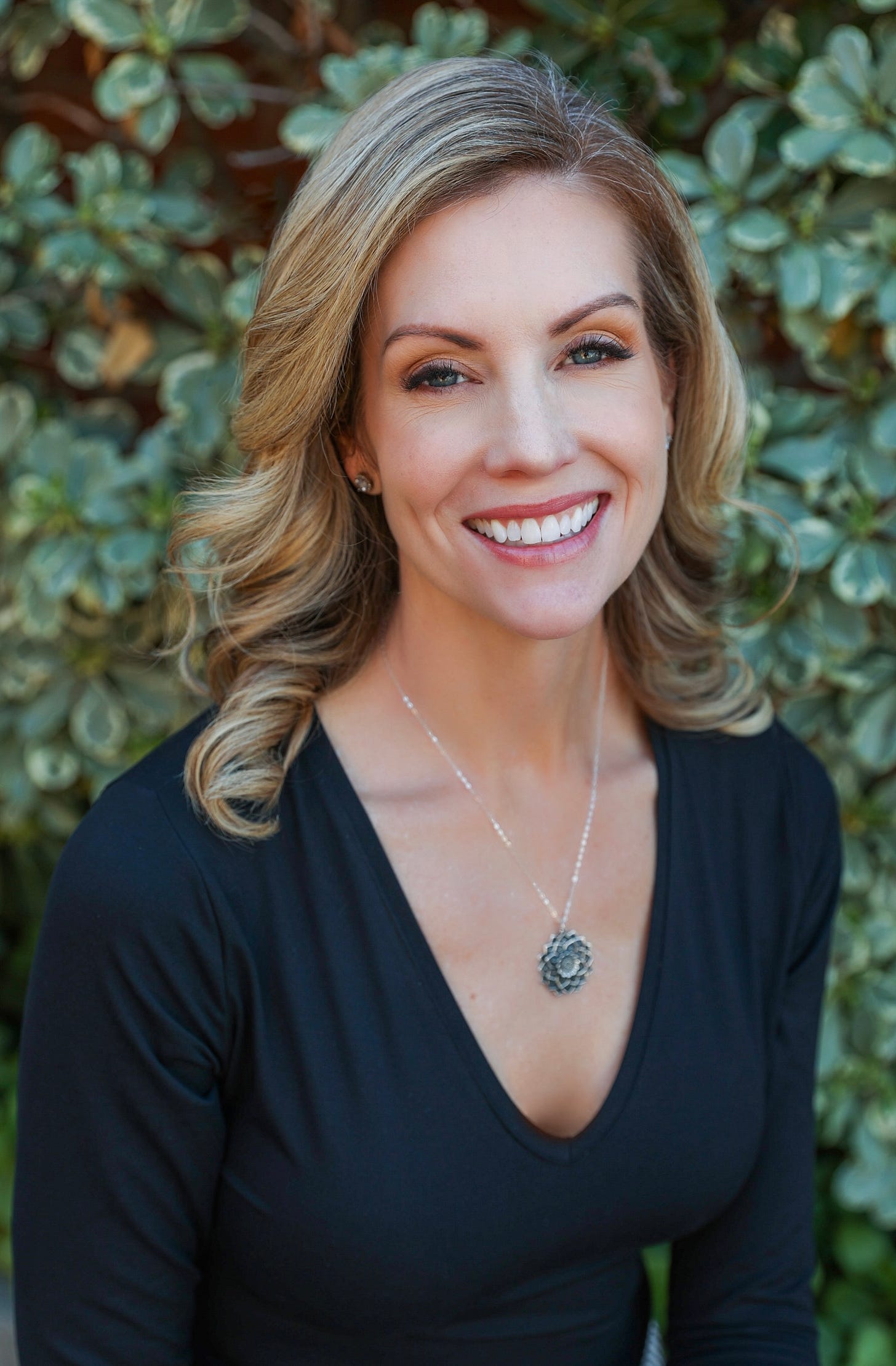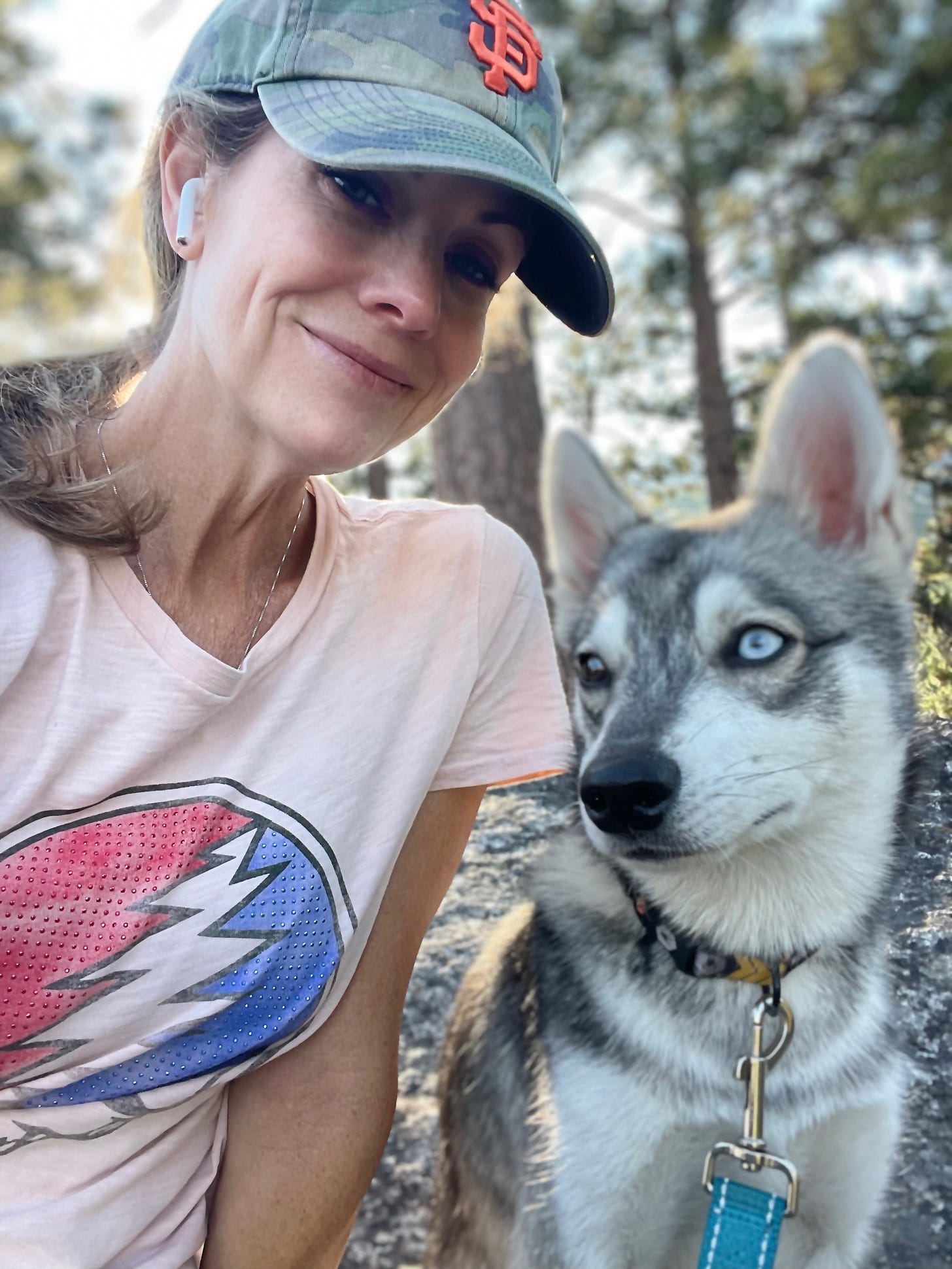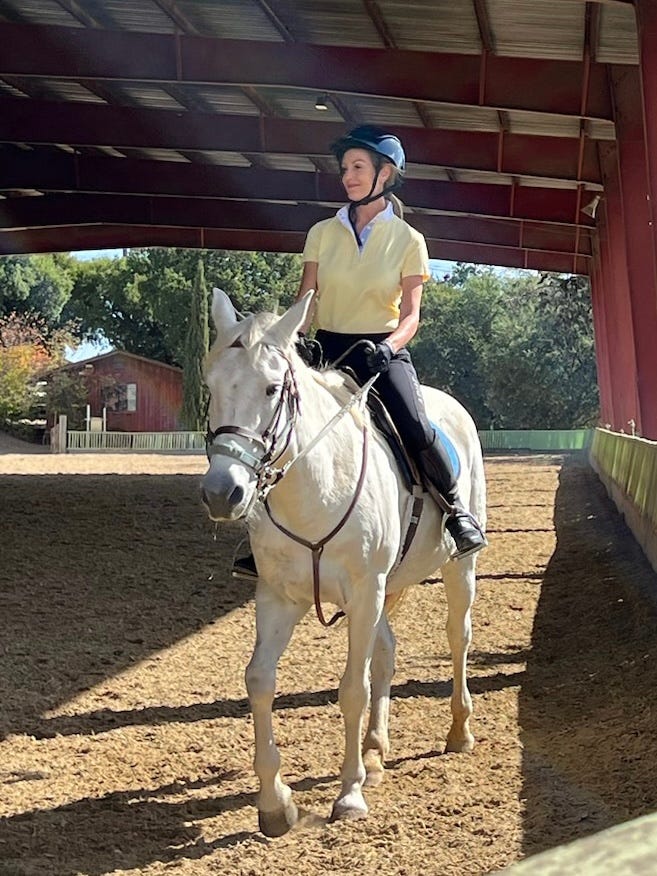Alcohol Use Disorder, And Its Many Faces
This introduction on AUD, featuring one woman’s concealed battle with alcohol and her inspirational climb to sober fulfillment, is part of a forthcoming topic series on AUD and its effects on women.
Forget the antiquated image of the bloated bum under a bridge with ruddy skin and a bottle-shaped brown paper bag falling from spasming hands. Try a trim, bubbly neighbor who meal preps on Sundays and volunteers as homeroom parent each year or a painfully shy coworker who doesn’t say a peep during staff meetings but at the holiday company party - look out!
Today, the terms “alcoholic” and “alcoholism” are considered outdated in the medical community – and for good reason: alcohol use affects all walks of life and in staggeringly different ways. From the mild “problem drinking” cases to the more severe “rock bottom” ones, doctors now refer to the wide spectrum of symptoms and conditions that surface from alcohol consumption as Alcohol Use Disorder or, simply, AUD, medically defined as an impaired ability to stop or control alcohol use despite adverse social, occupational, or health consequences.
Curious where your drinking falls in the spectrum? Check your drinking here.
The once pervasive stereotype of those struggling in addiction to be the dissolute dregs of society has been muted and replaced by more realistic and even positive-natured descriptors. In addiction psychiatrist Lauren Grawert’s article on Substack, she describes a conversation she had with someone who couldn’t see past the “brown paper bag” image: “When I told my medical school mentor that I wanted to do an addiction psychiatry fellowship, he simply said, ‘Are you sure you want to treat…them folks?’ Turns out, ‘them folks’ are the hidden warriors of the world.” Dr. Grawert doesn’t see her patients with severe addictions as weak. Instead, she sees them as “some of the most resilient people I know.” Addiction, she professes, knows no bounds. “It’s every socio-economic status, every ethnicity. It really is nondiscriminating.”
The Unlikely Addict

Since 2018, alcohol use has increased among women in the United States over the past two decades, with over 5 million women (age 18 and older) meeting the criteria for Alcohol Use Disorder - a troubling emergence reported in 2020 by members of the Stanford University School of Medicine and the Neuroscience Program at SRI International.
Jennifer Bridgman was one of these women…up until four years ago.
Situated in an eco-enthusiast’s paradise between the Santa Cruz Mountains and San Francisco Bay, Bridgman lives with her husband, three boys and an Alaskan Klee Kai puppy named Jett. She jokingly refers to herself as an “unlikely addict,” as, prior to sobriety, at least from the surface of things, she appeared to have an idyllic life: a solid marriage, three delightful sons, a full social calendar and a tight-knit extended family.
“I was often room parent or team parent or volunteering in some capacity in the community. Of course, our family has always been a unique in that my husband, Chris, became a paraplegic back in 2010 during a dirt bike accident a few weeks before we welcomed our first child, but even that we seemed to navigate well. Chris and I visited our children’s schools to give our ‘My Daddy’s Wheelchair’ presentation, which aimed at spreading awareness in young minds and breaking down barriers when it comes to paralysis. In 2017, we had the tremendous honor of receiving the ‘Christopher Reeve Spirit of Courage Award’ at the Reeve Foundation’s annual gala in New York City for our family’s outreach and philanthropic efforts.”
And yet, while balancing the bounty of beautiful and challenging moments life brings - even managing to keep her house immaculate, her body in shape and her toenails painted in the process - Bridgman carried a murky secret that would come to a head in the final months of her drinking in 2020.
“What people don’t know is that behind closed doors, two things can be true at once: I’d started drinking again, which grew even more secretive and dark following the birth of my third son in my late thirties. Although the drinking was nightly, I did manage to successfully moderate for a number of years—which basically meant functioning in a constant, hellacious space of mental gymnastics and anxiety. Did those years contain some of the most gorgeous moments of my life as a wife and young mother? Yes. And was I also living an inauthentic, performative way on the outside while secretly disliking, distrusting and destroying myself on the inside? Also, yes. As miserable as it was to live each day with a secret addiction, I never believed I could achieve sobriety—let alone desire a life without alcohol.”
Bridgman’s experience is not uncommon. In fact, it’s expected (just ask your friendly neighborhood biologist).

It’s a cruel twist of chemistry, but the glass of wine that initially offers a welcoming and palpable calm soon begets panic and anxiety…at least, until another glass is poured. It’s a vicious cycle, and one Bridgman was inexorably caught in. Not because she’s bereft a “responsible drinking gene” (yep, throwing shade at the ineffective “drink responsibly” messages that are printed in small type and concealed by overpowering graphics) but because she was sipping a brain-altering substance that can cause hangxiety (a hangover plus anxiety) when consumed in excess. An article in Henry Ford Health does a nice job explaining the science behind alcohol and anxiety levels: “Heavy drinking produces physiological changes in the brain. When you’re drinking, there’s an influx of the GABA (gamma aminobutyric acid), which causes you to feel relaxed and calm. When you stop drinking, you have withdrawal symptoms. Your body gets used to that crutch to feel calm. Take it away and anxiety often follows. Add interrupted sleep to the mix, which often happens when people drink to excess, and feelings of depression and anxiety can get even worse.”
In Summary: Alcohol Does Not Discriminate. It’s a Progressive, Addictive Neurotoxic Substance That Will Ultimately Do What It Is Chemically Made to Do When You Invite an Exogenous Substance into Your Body. #FACTS
“By my early forties, my still-secretive drinking had grown alarming. I began to have blackouts, in part because I’d stopped eating calories during the day to save room for my liquid calories at night. I rarely drank in public, but behind closed doors was a different story. My husband never knew the true extent I was drinking either, as I kept a ‘decoy’ glass on the counter while sneaking off between dinner, homework and bath time to my real stash in the bedroom closet or outside shed. I assured myself that as long as things looked okay on the outside, I had my drinking under control.
“Many mornings, I would have to gauge how bad things had been the night before by the stoop in my husband’s shoulders when I entered the kitchen. On the worst mornings, he wouldn’t speak or turn around at all. My kids were still fairly young, but they saw plenty: I would forget the ending to a movie we’d curled up to watch in bed. Or I’d wake up in my clothes. Occasionally, I would pass out before the boys had completed their homework, resulting in harried mornings and hours of mom-guilt long after I’d dropped them to school. Sometimes when I drank, I was the relaxed ‘fun mom,’ dancing and singing and letting the kids break rules; other times, I would be emotional and irrational and slur my words. I am not proud of these moments, but I have also forgiven myself for them; I understand now that addiction does not discriminate, no matter how much love I had for my children.”
For Bridgman, it was the pandemic that was her undoing. Like scores of other parents in 2020, she had to navigate online learning with multiple kids cramped under one roof. It was an exasperating season of life until she learned that not only could her groceries be delivered right to her doorstep, but alcohol, too. “We ran out of paper towels that summer; we never ran out of Sauvignon Blanc.” She swapped out her morning coffee for a mug of wine and soon became severely addicted to - you guessed it - a highly addictive substance. “By late August, I was mentally and spiritually broken down, but it was my own body that finally hosted an intervention: I developed pancreatitis. In the ER, filled with unbearable shame and pain, I finally came clean with myself and others. I asked for help and was met with an outpouring of unconditional love.”
The Road To Recovery
Following a hospital-supervised detox, Bridgman went to rehab and worked fastidiously to come home in top form. “Somewhere along the way over these past four years [of sobriety], I have come to realize that the work of recovery isn’t some permanent, exhausting job—it’s an invitation to a better life. Sobriety is no longer about running from the monster; it’s about running toward the magic.”
What’s Bridgman’s Magical Sober Formula?
In addition to recovery groups and meetings, Bridgman employs a variety of “top down” and “bottom up” approaches which she shares below.
Top-down strategies: Meetings; talk therapy; learning about the science of addiction; reading quit lit; listening to podcasts; talking; listening; being of service; morning pages/journaling.
Bottom-up strategies: Yoga (my “magic carpet” and I fly to such magical places of healing and enlightenment); daily body scans; sound healing; pets (dog walks and cat naps are often the best answer for a tough day); meditation; movement; nature; forest bathing; hiking; writing; chakra work; horse riding; music; dance; tribal shaking in the bathroom!
“It is a gift to savor my own company once again. To feel my breath, my body and my mind align. To view the world with childlike wonder. I am so grateful for these sacred spaces I can go in the outside world to reach my innermost one.”
And when life becomes overwhelming, Bridgman takes her emotions to the woods - or what she calls a grief hike. “There is an absolute transformation as I invite myself on long solo hikes. My mind clears and expands. My lungs and legs burn, reminding me of my power. As I climb high, it’s not just my view that changes but my entire perspective.”
At four years sober, Bridgman, who had long wrestled with addiction and *disembodiment, among other demons, is now highly attuned to her needs and plumb ready to enter Act II of her life, as she calls it.
(**Disembodiment - a detachment of self in response to emotional pain - is one of several conditions with potentially severe consequences under the umbrella of AUD that will be unpacked in the next article of this topic series.)
Lightning Round with Jennifer
Favorite Quit Lit: “We Are the Luckiest: The Surprising Magic of a Sober Life,” by Laura McKowen
Favorite drink or NA beverage: I am a diehard La Croix gal--any flavor, except coconut. And I cannot live without my beloved iced matcha green tea lattes.
Favorite/go-to verse or mantra that settles your soul instantly: “I am safe.” I whisper this to myself daily. Numerous times a day. Sometimes with some breath work and a quick squeeze. I will always be a sensitive bird, but this keeps me mentally and physically grounded in the present moment.
Favorite month to be sober and why: Hmm…I’ll have to go with October. My belly button birthday is on October 11, which also happens to be the day I returned home to my husband and children from rehab in 2020. I now think of it as my joint birthday and “re-birthday” rolled into one. California in October is glorious—still warm enough for flip flops but vibrant changing leaves and crispness in the air. And, of course, Halloween. I’ve will never outgrow my love of playing dress-up!
Best way to get in touch:
Website: www.jenniferbridgman.com
Instagram: jennifer.bridgman.writer
Substack: @jenniferbridgman







Such a great article, Michelle! AUD has no stereotype. Really enjoyed "meeting" Jennifer and hearing about her journey to sobriety!
Right back at ya, terrific read!